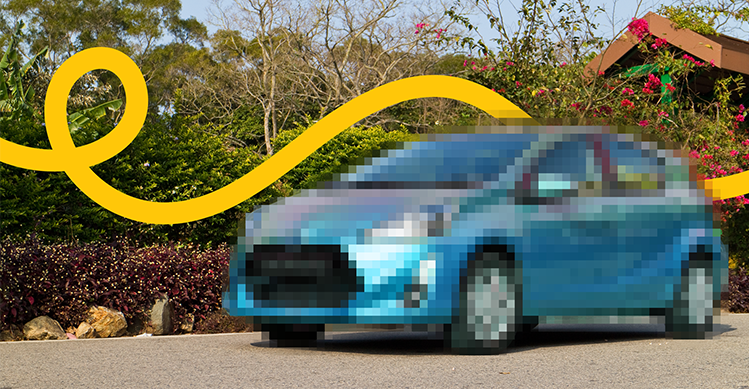Teaching someone to drive is a big responsibility. So, we've put together some tips to make teaching safer and easier.
Your new driver has enough new skills to master without dealing with traffic or other challenges on the road. Choose a quiet, open expanse such as a parking lot or an industrial area (on a Sunday). Focus first on low-speed steering, accelerating and braking. Once your learner has developed these basic driving skills, work up to different kinds of road driving as their skills and confidence grow, starting with quiet suburban streets and slowly building up to night, rain and motorway driving.
Try to keep initial lessons short. Thirty minutes can be a long time for someone to concentrate behind the wheel, especially if they're new to driving. Your first lessons can be as simple as talking through the controls in the car and driving around the block a few times. Once your learner has got the basics and can indicate correctly and check mirrors without being prompted, then you can extend lessons to about an hour.
Choose a time when you know you'll be in a good frame of mind to teach. This is when you have lots of time, you aren't stressed or upset about anything. It's important to avoid being rushed or stressed - being calm and patient is the key to success. It's good to start out during daylight and while the roads aren't busy to help increase your learner's confidence.
Next, plan a route that suits your learner driver's ability, experience, and confidence level. This might mean starting out in a deserted car park, or quiet suburban roads and building up to motorways and busier times and routes. Communicate which skills you'll be practicing before you set off, so they know what to expect. Try to avoid opportunistic driving (i.e. getting the learner to drive on trips you were going to do anyway) until they've mastered the basics and can drive around other traffic competently.
Once you're confident of their ability get them building experience in a range of challenging conditions, like driving in the wet, at night, and on rural roads. It's a lot safer if you're there to help them the first time they encounter difficult situations like these.
It's easy to forget what it takes to pass a driving test when you've been driving for some time. So, it's important to brush up on what a tester will be looking for. You'll need to have a good understanding of the intricacies of the road rules, plus things like actively searching the road for hazards, checking mirrors, and indicating at the correct times. It's best to be prepared so you can answer questions correctly at the time.
Worrying about the car while teaching can increase stress levels in the learning environment. One way to reduce this anxiety is to ensure your learner is appropriately insured in the car or cars they're driving. That way, you'll be confident that should something happen, you won't have the financial strain of paying the full cost of repairs.
Get a year of AMI Roadside Rescue on us when you pass your NZ restricted or full licence, no strings, no catch, just free rescues when you need us most. We’re excited to give newly licensed drivers the gift of safety with a year of free AMI Roadside Rescue, available to anyone who passes their restricted or full licence, regardless of who you’re insured with.
Our AMI Roadside Rescue team is ready 24/7 across the country to support our newest drivers whenever things get tricky. From emergency towing and battery jump-starts to quick EV charges, flat tyre changes, and lockout help, we’re on your side.
For more information on our free Roadside Rescue offer click here.
This article is intended to provide general information only, and should not be substituted for any legal, financial, or other professional advice. The information in this article is generally sourced from third-party websites and IAG New Zealand Limited does not guarantee or accept any liability for the accuracy of that information. Any references to third party websites in this article are not intended to constitute a recommendation or any endorsement by IAG New Zealand Limited.


